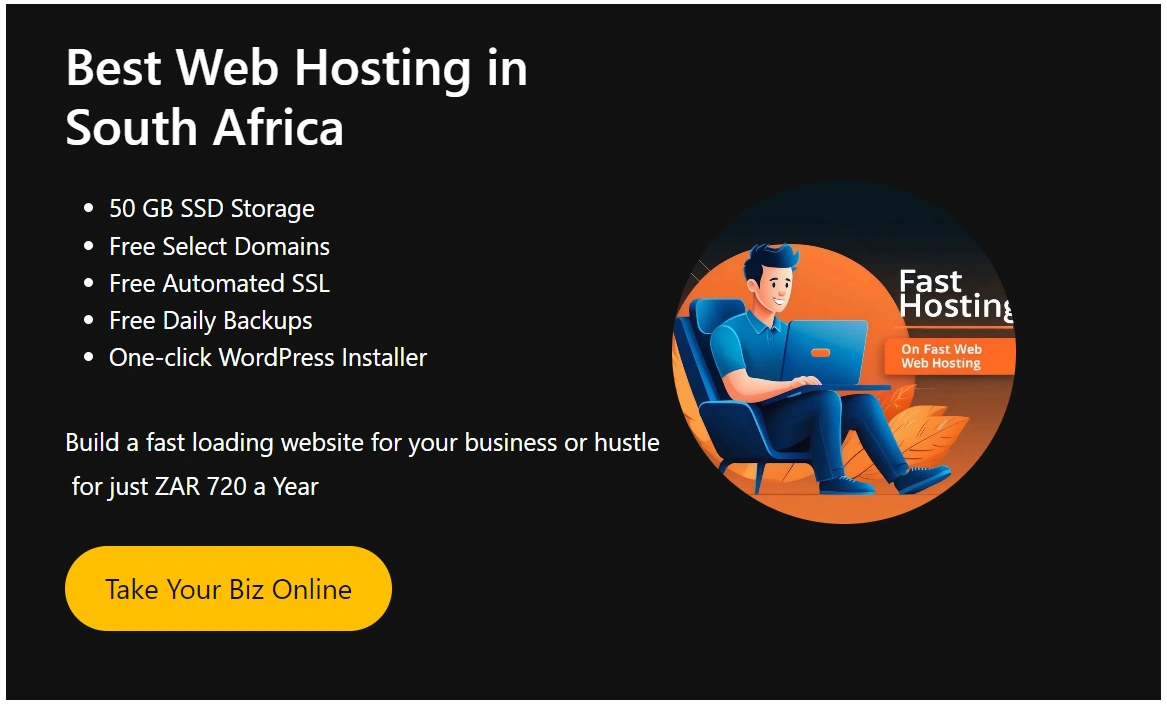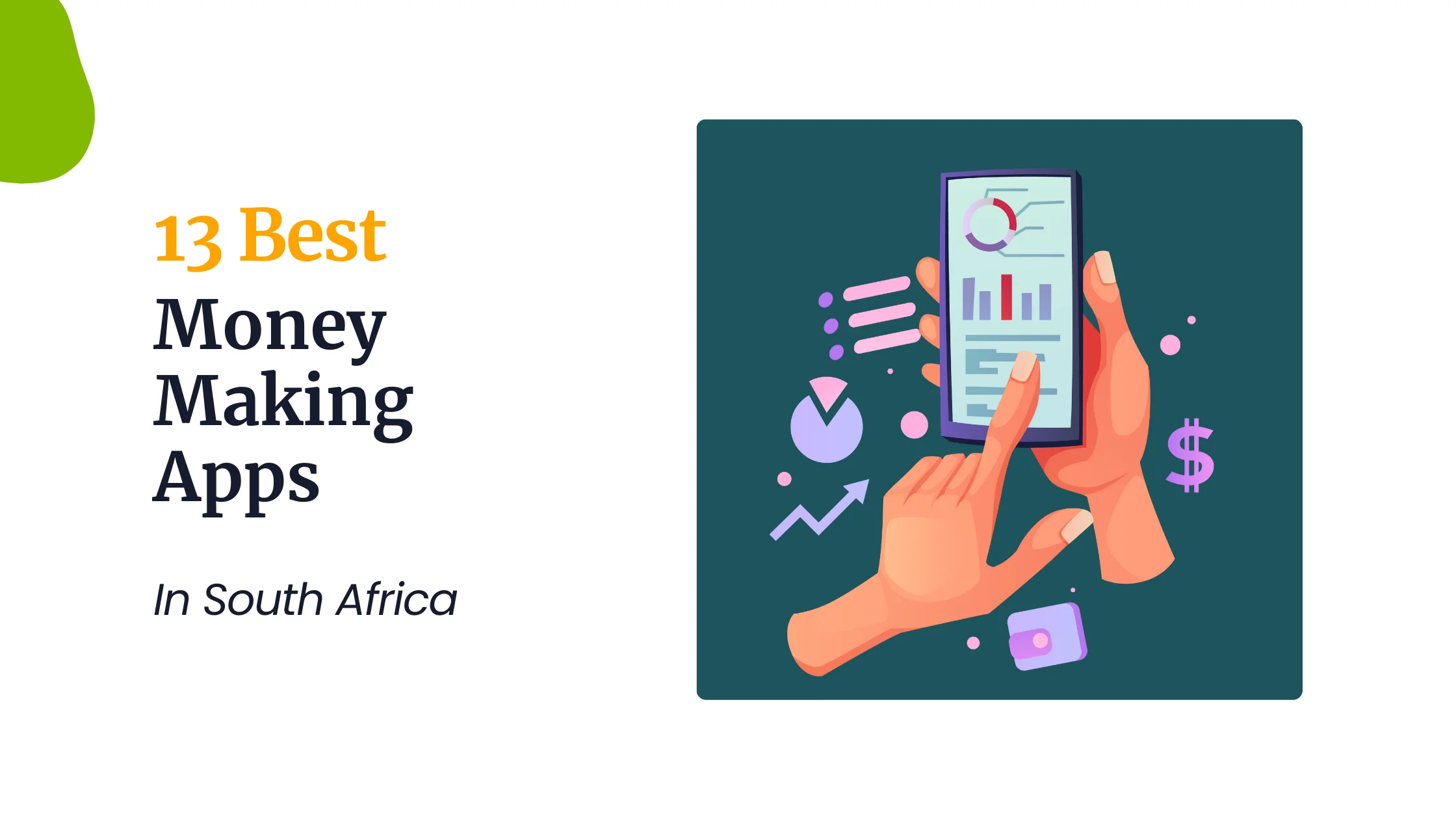Last updated on March 4th, 2024 at 10:23 am
Welcome to our detailed guide on WooCommerce pricing in South Africa. WooCommerce is a widely used e-commerce plugin for WordPress websites, offering entrepreneurs the opportunity to create and manage online stores with ease. However, understanding WooCommerce pricing in South Africa can be a bit more complex compared to other regions.
WooCommerce, as a popular WordPress e-commerce plugin, provides a robust platform for entrepreneurs to set up and manage online stores. With its user-friendly interface and extensive customization options, WooCommerce has become a go-to choice for many businesses worldwide, including those in South Africa.
However, pricing for South African customers may present some unique challenges. Factors such as currency exchange rates, transaction fees, and payment gateway charges can all affect the overall cost of using WooCommerce in South Africa. Understanding these factors is essential for entrepreneurs to make informed decisions about their e-commerce ventures.
In this guide, we’ll delve into the intricacies of WooCommerce pricing in South Africa, exploring various factors that contribute to the overall cost of using this powerful e-commerce platform. From currency conversion to payment gateway fees, we’ll break down the pricing structure to help South African entrepreneurs navigate the e-commerce landscape effectively. Let’s dive in and explore WooCommerce pricing in South Africa in more detail.
Table of Contents
WooCommerce Plans and Pricing in South Africa
WooCommerce, an e-commerce platform, offers various pricing options for businesses in South Africa. Let’s delve into the details to understand how these pricing structures work and what they entail:
1. Free Open Source Version
WooCommerce provides a free, open-source version of its platform. While this option comes with limitations, it allows entrepreneurs to set up their online stores at no cost. This can be an excellent starting point for small businesses or those on a tight budget.
2. Paid Extensions
For businesses looking to add advanced features and functionalities to their WooCommerce stores, paid extensions are available. These extensions come at a fee and can enhance aspects like payment gateways, shipping options, and product management. Entrepreneurs can choose extensions based on their specific business needs and budget.
3. WooCommerce Payments
WooCommerce also offers WooCommerce Payments, a built-in payment gateway integrated directly into the platform. While convenient, it’s important to note that WooCommerce Payments comes with transaction fees for each sale processed through the gateway. Entrepreneurs should consider these fees when planning their pricing strategies and profit margins.
4. Consider Exchange Rates and VAT Implications
When evaluating WooCommerce pricing in South Africa, it’s crucial to consider factors like exchange rates and Value Added Tax (VAT) implications. Exchange rates may affect the cost of paid extensions, while VAT regulations may impact pricing structures and overall expenses. Entrepreneurs should factor in these considerations to ensure accurate financial planning and compliance with local regulations.
Factors Influencing Pricing
When considering WooCommerce pricing in South Africa, several factors come into play that can influence the overall cost of running an online store. Let’s explore these factors in detail:
1. Currency Exchange Rate Fluctuations
Currency exchange rate fluctuations can impact the cost of using WooCommerce in South Africa. Entrepreneurs should be mindful of changes in exchange rates, as they may affect the pricing of extensions, plugins, and other services offered by WooCommerce.
2. VAT and Tax Regulations
VAT (Value Added Tax) and tax regulations in South Africa can also influence WooCommerce pricing. Entrepreneurs need to consider VAT implications when setting prices for their products and services, as well as when calculating their overall expenses and profit margins.
3. Payment Gateway and Banking Fees
Payment gateway and banking fees are another consideration when determining the cost of using WooCommerce in South Africa. These fees may vary depending on the payment methods and banking institutions chosen by entrepreneurs. It’s essential to factor in these fees when planning the financial aspects of running an online store.
4. Shipping Carrier Rates
Shipping carrier rates play a significant role in the overall cost of e-commerce operations in South Africa. Entrepreneurs need to consider shipping costs when pricing their products and offering shipping options to customers. Factors such as package dimensions, weight, and destination can impact shipping rates.
5. Extensions and Customizations
WooCommerce offers various extensions and customizations that can enhance the functionality and appearance of online stores. However, these extensions and customizations may come at an additional cost. Entrepreneurs should carefully evaluate their business needs and budget constraints before investing in extensions or customizations.
Strategies for Cost Management
Understanding WooCommerce pricing in South Africa is essential for entrepreneurs looking to manage costs effectively. Here are some strategies for cost management to consider:
1. Choose Payment Gateways Wisely
When selecting payment gateways for your WooCommerce store, compare rates carefully. Look for options that offer competitive transaction fees and support popular payment methods used by your target customers in South Africa.
2. Use Table Rate Shipping Based on Order Value
Implementing table rate shipping based on order value can help you optimize shipping costs. By setting different shipping rates depending on the total order value, you can offer transparent shipping options to your customers while ensuring that your shipping expenses remain manageable.
3. Take Advantage of Free Resources and Integrations
Explore free resources and integrations available for WooCommerce to enhance the functionality of your online store without incurring additional costs. Look for plugins and extensions that offer valuable features and integrations with other platforms and services you may need to streamline your business operations.
4. Monitor Exchange Rate Movements
Keep an eye on exchange rate movements if you’re dealing with international transactions. Fluctuations in currency exchange rates can impact your costs and profits, so staying informed about currency trends can help you make informed decisions and mitigate potential risks.
5. Consider WooCommerce Hosting Requirements
When choosing a hosting provider for your WooCommerce store, consider your hosting requirements carefully. Look for hosting plans that offer reliable performance, security features, and scalability to support your growing business needs in South Africa.
By implementing these cost management strategies, you can optimize your WooCommerce expenses and ensure that your online store remains profitable and sustainable in the South African market.
Read also: How Does Shopify Work in South Africa?
Pricing Comparison with Other Platforms
When considering WooCommerce pricing in South Africa, it’s important to compare it with other ecommerce platforms available in the market. Let’s explore the pricing structures of some popular platforms like Shopify and Magento, and compare their core features, addons/extensions, and transaction fees:
1. Shopify Pricing
Shopify offers various pricing plans tailored to different business needs. Their plans include Basic Shopify, Shopify, and Advanced Shopify, each with different features and pricing structures. While Shopify provides a user-friendly interface and a range of customizable themes, it also charges transaction fees for each sale made through the platform.
2. Magento Pricing
Magento, on the other hand, is known for its flexibility and scalability, making it suitable for businesses of all sizes. However, Magento requires more technical expertise compared to platforms like WooCommerce and Shopify. Its pricing structure includes licensing fees and additional costs for hosting and support services.
3. Comparison of Core Features
When comparing WooCommerce with Shopify and Magento, it’s essential to consider the core features offered by each platform. WooCommerce, being a WordPress plugin, integrates seamlessly with WordPress websites and offers extensive customization options. Shopify provides a user-friendly interface and built-in features like inventory management and order tracking. Magento offers robust features for large-scale businesses, including advanced inventory management and multi-store capabilities.
4. Addons/Extensions
All three platforms offer addons/extensions to enhance the functionality of your online store. WooCommerce provides a wide range of free and paid extensions through its marketplace, allowing users to add features like payment gateways, shipping options, and marketing tools. Similarly, Shopify and Magento offer a variety of apps and extensions to customize and optimize your ecommerce store.
5. Transaction Fees
Transaction fees are an important consideration for businesses selling products online. WooCommerce does not charge transaction fees, allowing businesses to keep more of their earnings. Shopify and Magento, however, charge transaction fees for each sale processed through their platforms, which can impact overall profitability.
Read also: No. 1 Guide Shopify Shipping in South Africa
Extending Your WooCommerce Store
As you consider building your online store with WooCommerce in South Africa, it’s important to understand the concept of extending your store beyond its basic functionalities. Here’s what you need to know about extending your WooCommerce store:
1. Hosting, Themes, Additional Plugins
Apart from the basic WooCommerce plugin, you’ll need other elements to enhance your store’s performance. This includes web hosting to keep your store online, themes to give it a unique look and feel, and additional plugins to add extra features such as payment gateways, shipping options, and product management tools.
2. Pricing for Extensions and Customization
While WooCommerce itself is free to use, the costs associated with extending your store can add up quickly. Premium themes, advanced plugins, and customization services often come with price tags. It’s important to budget for these expenses and prioritize investments based on your business needs and goals.
3. Finding Quality Themes and Extensions at Lower Price Points
Fortunately, there are ways to find quality themes and extensions at lower price points. Look for reputable theme marketplaces and plugin directories where developers offer their products at competitive prices. Additionally, consider exploring free themes and plugins available in the WordPress repository, although be mindful of their limitations and compatibility with your store’s requirements.
Read also: WooCommerce South Africa Login Guide
Conclusion
Understanding WooCommerce pricing in South Africa is essential for entrepreneurs aiming to establish successful online stores. WooCommerce offers a cost-effective solution with its free open-source version, but it’s important to be aware of all associated fees. With selecting pricing plans and addons, it’s also crucial to choose wisely based on your business needs. Lastly to achieve the best results and maximize profitability, it’s essential to actively manage costs associated with running your WooCommerce store.
By understanding WooCommerce pricing options, making informed decisions about addons, and actively managing costs, entrepreneurs in South Africa can effectively leverage WooCommerce to build and grow their online businesses. With careful planning and strategic implementation, WooCommerce can serve as a valuable tool for achieving e-commerce success in the South African market.









